
Tonkinese Cat
Tonkinese cats are enchanting pets with silky fur and striking aqua eyes. They’re playful, intelligent, and affectionate, often following their owners around and joining in daily activities. These cats are great conversationalists with their soft, expressive meows. Tonkinese are quick learners and enjoy interactive play. Their loving nature and ability to brighten up a home make them special companions, bringing warmth and joy to their families with their purrs and cuddles.
History and Origin of the Tonkinese Cat
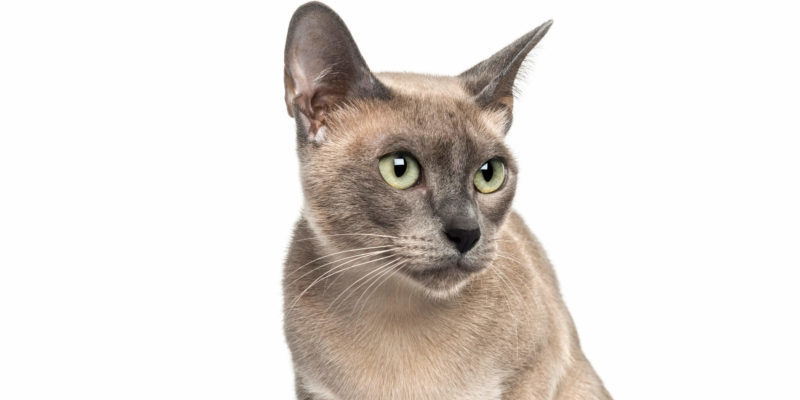
The Tonkinese cat is a delightful blend of the Burmese and Siamese breeds, resulting in a cat that combines the best of both worlds. This breed was developed in the 1960s in North America when breeders aimed to create a cat that had the body structure and coat color of the Burmese with the social and vocal personality of the Siamese. The Tonkinese breed quickly gained popularity due to its striking appearance and engaging temperament, and it is now recognized by major cat registries around the world.
Physical Characteristics of the Tonkinese Cat
Tonkinese cats are known for their striking appearance and well-balanced features. Key physical characteristics include:
- Size: Medium-sized, with a well-muscled, slender body.
- Coat: Short, silky, and close-lying, coming in various colors and patterns, including mink, solid, and pointed.
- Eyes: Large, almond-shaped eyes that are typically aqua or blue-green, adding to their enchanting look.
- Head: A slightly rounded head with high cheekbones and a distinct muzzle.
- Body: Graceful and athletic, with a strong, muscular build.
Personality and Temperament of the Tonkinese Cat
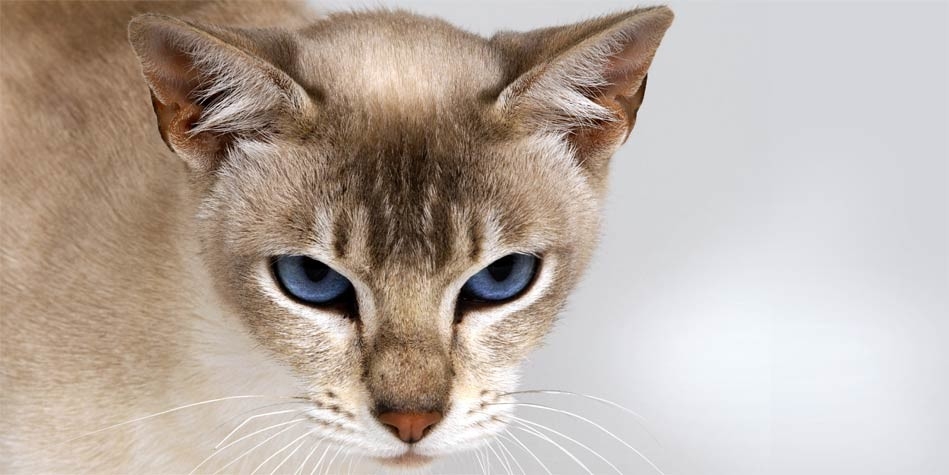
Tonkinese cats are known for their lively and affectionate personalities. Key traits include:
- Playful: They are highly active and enjoy interactive play, making them ideal for families who can provide plenty of stimulation.
- Affectionate: Tonkinese form strong bonds with their human companions and enjoy being close to them. They are known to follow their owners around the house.
- Intelligent: These cats are quick learners and can be trained to perform tricks and respond to commands.
- Vocal: They have a soft, expressive voice and are known to «talk» to their owners, making them great conversationalists.
Basic Needs of the Tonkinese Cat
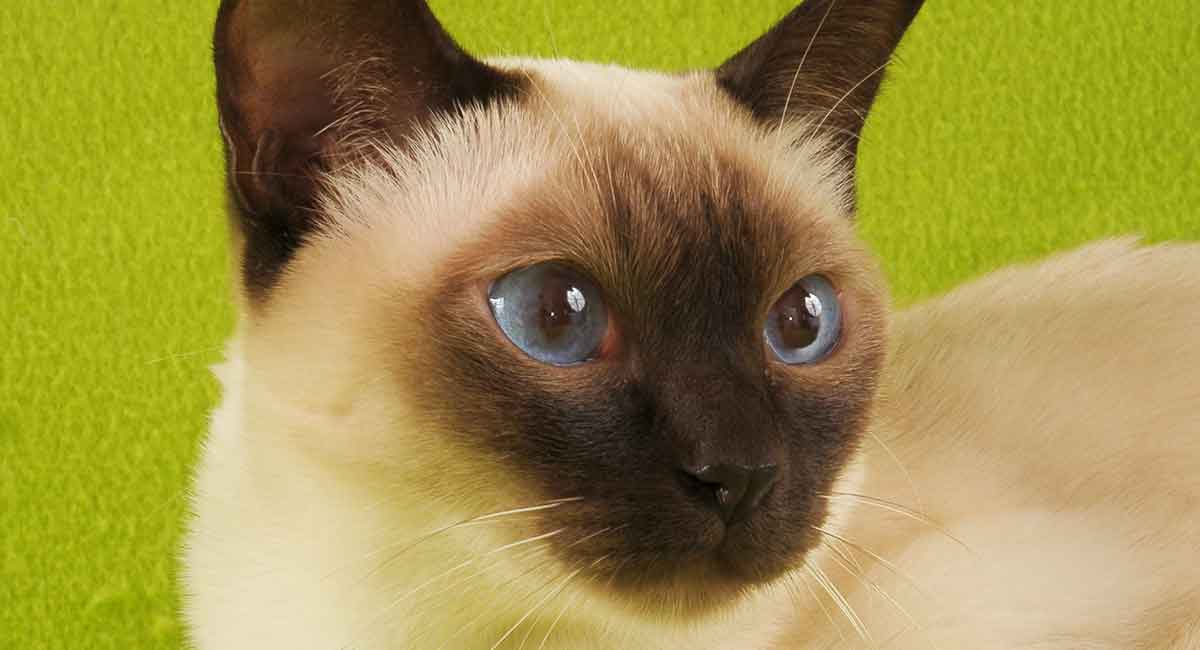
To keep a Tonkinese cat healthy and happy, it’s essential to meet their basic needs:
- Diet: A balanced diet with high-quality cat food is crucial to support their active lifestyle.
- Exercise: Regular playtime and opportunities to climb and explore are necessary to keep them physically and mentally stimulated.
- Grooming: Their short coat requires minimal grooming, but regular brushing can help reduce shedding and keep their coat healthy.
- Healthcare: Routine veterinary check-ups, vaccinations, and preventive care are crucial to monitor their health and address any potential issues early.
Suitable Environment for the Tonkinese Cat
Tonkinese cats thrive in environments where they can explore and stay active. Key considerations include:
- Space: They benefit from having space to roam and play, making homes with safe outdoor access or large indoor spaces ideal.
- Companionship: These cats enjoy being around people and other pets, so a home where they have company is beneficial.
- Safety: Due to their adventurous nature, it’s important to ensure they are safe from potential outdoor dangers if they are allowed outside.
Training and Care for the Tonkinese Cat
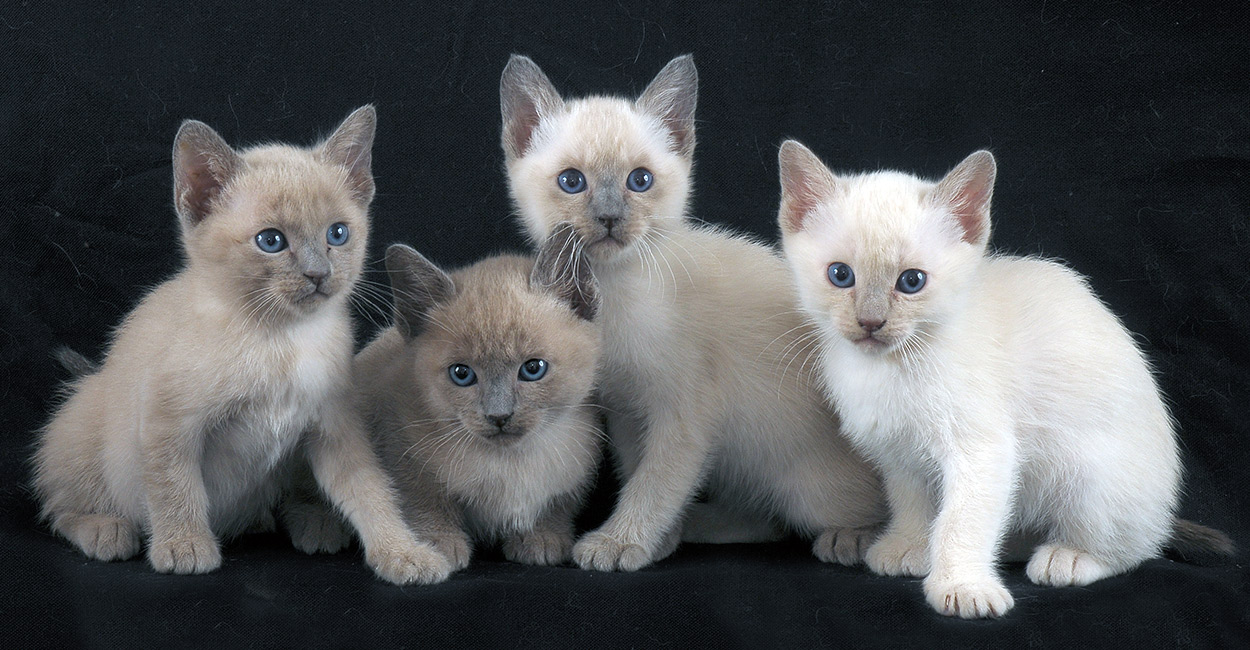
Training a Tonkinese cat is generally straightforward due to their intelligent and eager-to-please nature. Tips for training and care include:
- Positive Reinforcement: Use treats, praise, and affection to encourage desired behaviors.
- Consistency: Establish routines for feeding, playtime, and grooming to help them feel secure and well-adjusted.
- Enrichment: Provide a variety of toys, scratching posts, and climbing structures to keep them mentally and physically engaged.
Health and Common Issues in the Tonkinese Cat
Tonkinese cats are generally healthy, but they can be prone to certain health issues:
- Respiratory Issues: Due to their Siamese heritage, they may be prone to respiratory problems.
- Dental Disease: Regular dental care is crucial to prevent gum disease and tooth loss.
- Weight Management: Maintaining a healthy weight through proper diet and exercise is important to prevent obesity.
Life Expectancy of the Tonkinese Cat
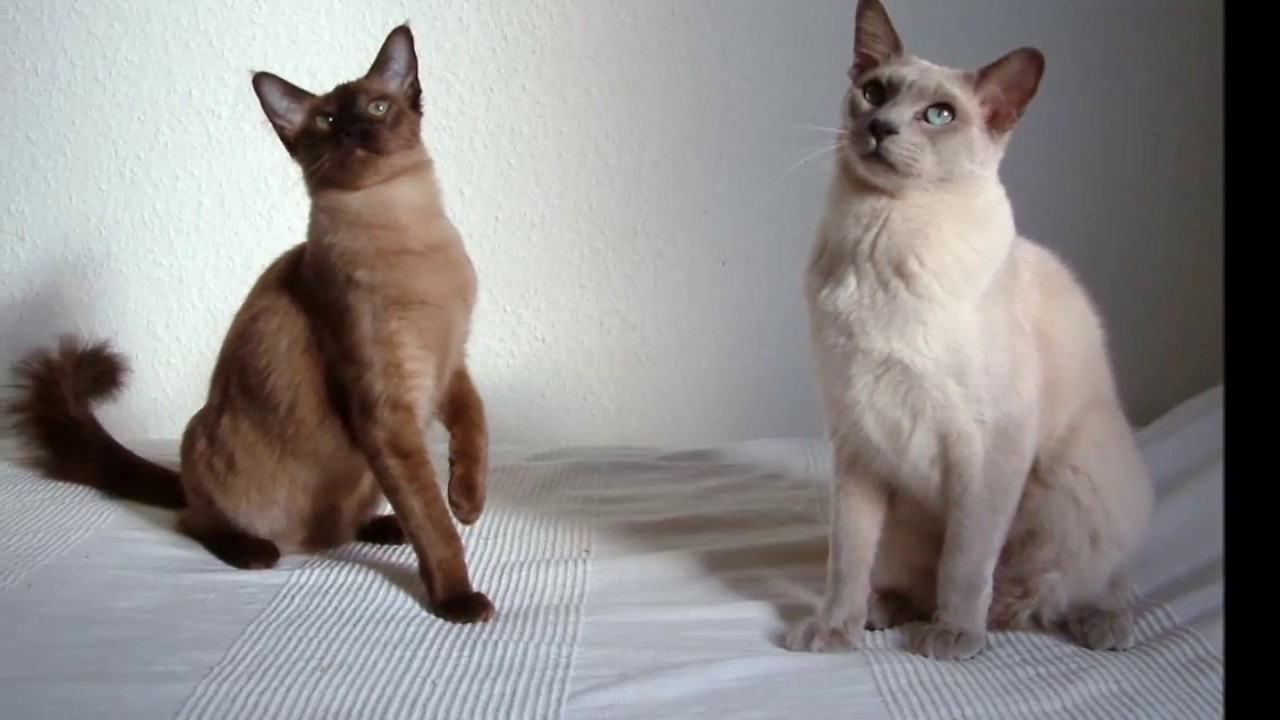
The Tonkinese cat typically enjoys a long and healthy life, with an average lifespan of 12 to 16 years. Providing them with a balanced diet, regular exercise, and routine veterinary care can help ensure they live a healthy and fulfilling life.
The Tonkinese Cat in Daily Life
Having a Tonkinese cat in your home brings a unique blend of energy, curiosity, and affectionate companionship. These cats are incredibly active and enjoy participating in daily activities with their human companions. Their affectionate nature means they enjoy spending time with their owners, often following them around the house and engaging in playful antics. Tonkinese cats are also known for their soft, expressive meows and are great conversationalists, adding to the joy of having them as part of the family.
Frequently Asked Questions:
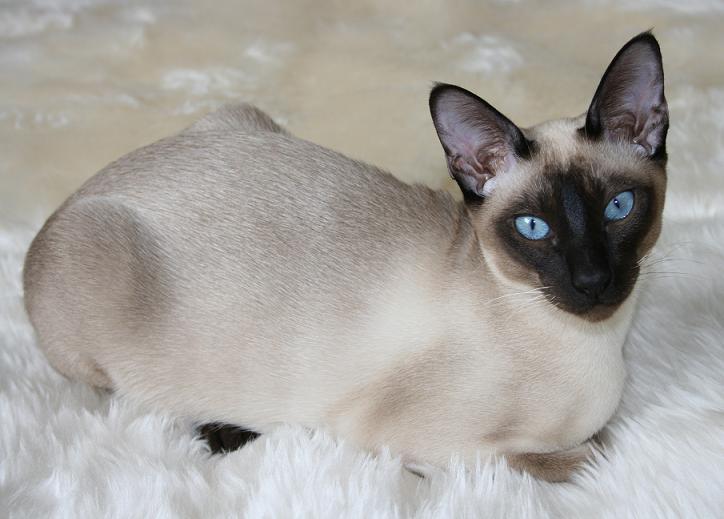
How much exercise does a Tonkinese cat need?
- Tonkinese cats are highly active and require regular playtime and opportunities to climb and explore to stay physically and mentally stimulated.
Are Tonkinese cats good pets?
- Yes, Tonkinese cats make excellent pets. They are affectionate, outgoing, and playful cats that form strong bonds with their families.
Do Tonkinese cats require a lot of grooming?
- Tonkinese cats have short, low-maintenance coats that require minimal grooming. Regular brushing to remove loose hair and occasional nail trimming and dental care are usually sufficient to keep them looking their best.
Are Tonkinese cats vocal?
- Tonkinese cats are known for their vocalizations and may «talk» to their owners with a variety of meows and chirps. They enjoy communicating with their families and can be quite talkative at times.
Do Tonkinese cats get along with children and other pets?
- Yes, Tonkinese cats are usually good with children and other pets when properly socialized from a young age. They are sociable cats that enjoy companionship and can make wonderful additions to families with children and other animals.
Are Tonkinese cats hypoallergenic?
- While no cat breed is completely hypoallergenic, Tonkinese cats are known to produce fewer allergens than some other breeds. Individuals with cat allergies may tolerate Tonkinese cats better than other breeds, but it’s essential to spend time with the cat to assess individual sensitivity before bringing one into the home.
